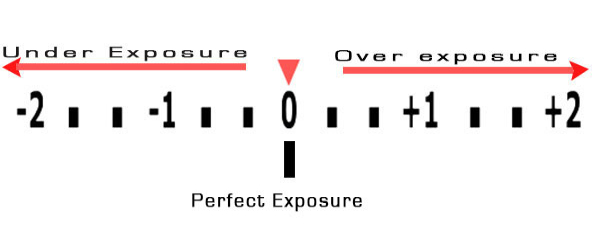There isn't a hard and fast rule for landscapes but you're right that most will probably be using base ISO (generally 100 or 200 depending on camera) and for a crop sensor like your's probably f/8 aperture. Much narrower than this (f/11, f/16 etc) and you would expect to see image quality start to degrade a little. Not particularly worth worrying about but worth a mention. The exceptions here come when we want a specific shutter speed, maybe a particularly fast shutter speed to freeze some motion (grass in the wind maybe) or a very slow shutter speed to blur motion. But for most stuff, f/8, iso 100 should serve you just fine. If you pop it into aperture priority mode (A) and spin the front dial to dial in f/8 and select ISO 100 from your back screen, you're good to go. Mark's example above is referring to full manual mode and I'm not sure that is really necessary here.
As
@markgodley indicates, you need to be a little careful of very low shutter speeds. I struggle with anything much below 1/40 regardless of focal length but if you have VR, that will help massively or bracing yourself against something or controlling your breathing and shooting while you exhale. All those things can help, but the ultimate answer is a tripod. A tripod does a couple of things. Firstly it allows you to not really worry about slow shutter speeds at all (unless you're trying to freeze movement) and secondly it slows you down. You can take your time to get the camera pointing exactly where you want it. Get it focused exactly where you want it. Get the exposure perfect etc... Worth mentioning here, that the act of pressing the shutter can still create a fair bit of camera shake so worth using a remote time or the cameras self timer to avoid that.
Focus for landscape is a notoriously tricky subject and depends a lot on the scene. If you have a big vista with nothing particularly close up to the lens, the third of the way into the scene rule will generally work well. However, if you had a prominent foreground subject close to the camera, I'd be focusing on that as the image will never look right if your 'subject' appears soft. There are many other techniques for getting front to back sharpness but that's worthy of a whole other thread. By the way, without trying to get too heavy about it, it's worth having a play around with some numbers on here:
http://www.dofmaster.com/dofjs.html
Just to get started with some examples:
With your lens at 18mm and f/8. If you were to focus on something 7ft from your camera, in theory everything from 3.4 ft to infinity would be acceptably sharp.
If you open the aperture up to f/4 and focus on the same object at 7ft, everything between 4.6 ft and 14.7 ft would be acceptably sharp.
You can see the effect the aperture is having. These numbers are very ball park by the way but a good guide to get started. Have a play with different focal length too and see how that effects things.


